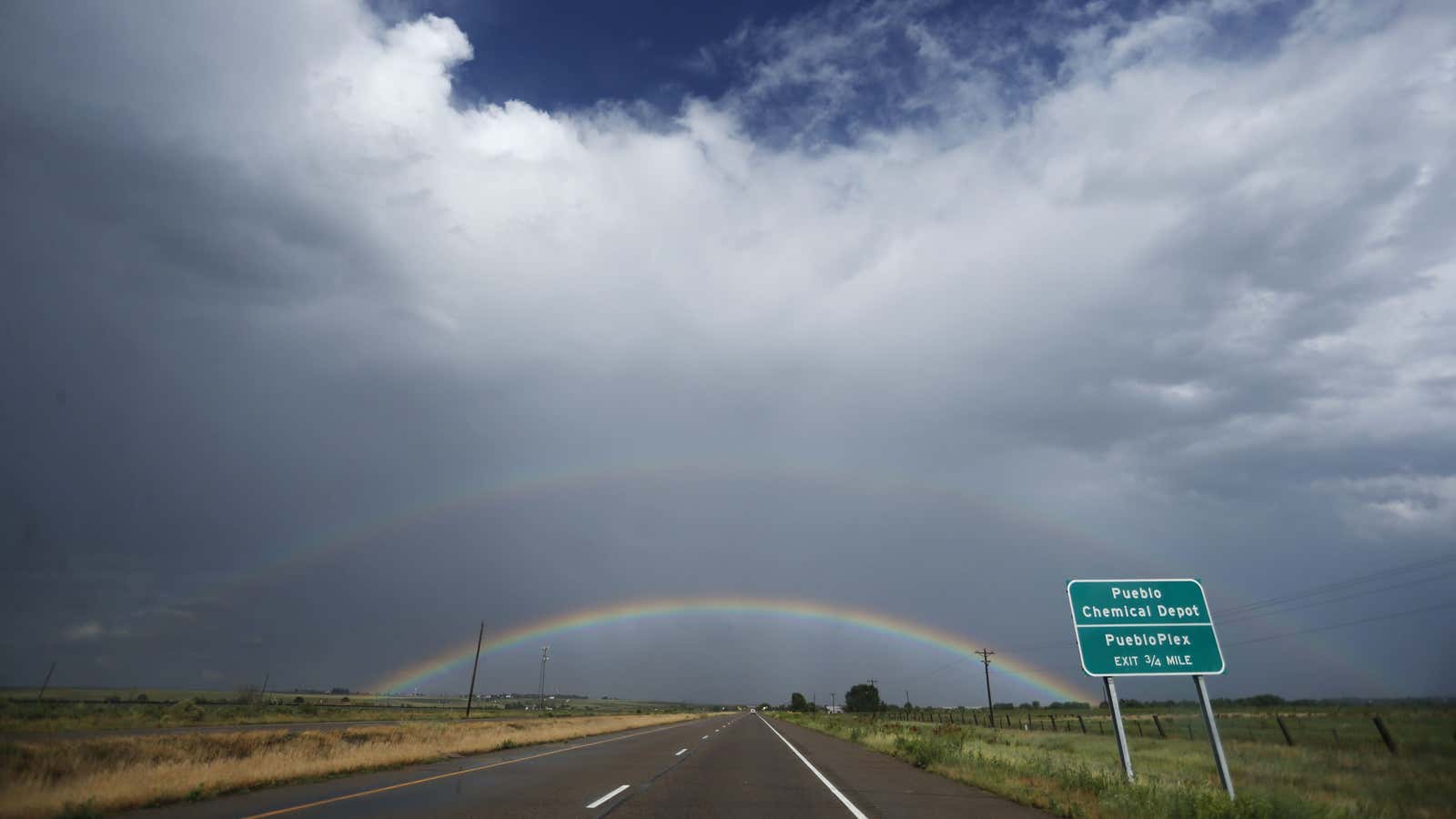Much has been written, especially since the 2016 US election, about the gaping divide between rural and urban America—politically, culturally, and economically.
There are also many similarities between these two Americas, according to a new survey by the Pew Research Center released Tuesday. The Washington DC-based think tank polled more than 6,000 Americans from across the country about their lives earlier this year (from Feb. 26 to March 11).
What it found is that, despite deep ideological differences between urban, suburban, and rural dwellers, they are all concerned about the same things when it comes to everyday existence. Americans could find some common ground in the results. And that could help soften the edges of the sharp split, and the perception of a nation divided.
Local roots
A big share of residents in all areas live in the place where they grew up, whether it’s because they’ve never moved, or because they came back. The majority say family ties played the biggest role on their their decision to live close to home.
Community attachment
Whether they live in a big city or a tiny country town, Americans feel similarly attached to their communities.
Shared problems
The survey responses also show that Americans have similar problems regardless of where they live. A large portion of all types of communities is worried about drug addiction.
Respondents across the board also say that their income is not enough to support the life they want, though rural residents are more pessimistic than their suburban and urban counterparts about their prospects of one day being able to afford what they crave.
That sense of not earning enough may be because workers across all areas have seen their paychecks shrink, according to Pew’s analysis of US Census data.
Age and gender
All types of communities are seeing the number of older residents grow substantially faster than the rest of the population, though the degree of difference varies.
And rural, suburban, and urban women agree that there are still significant obstacles that make it harder for them to get ahead than men. Men, on the other hand, see a more level playing field, no matter where they live.
